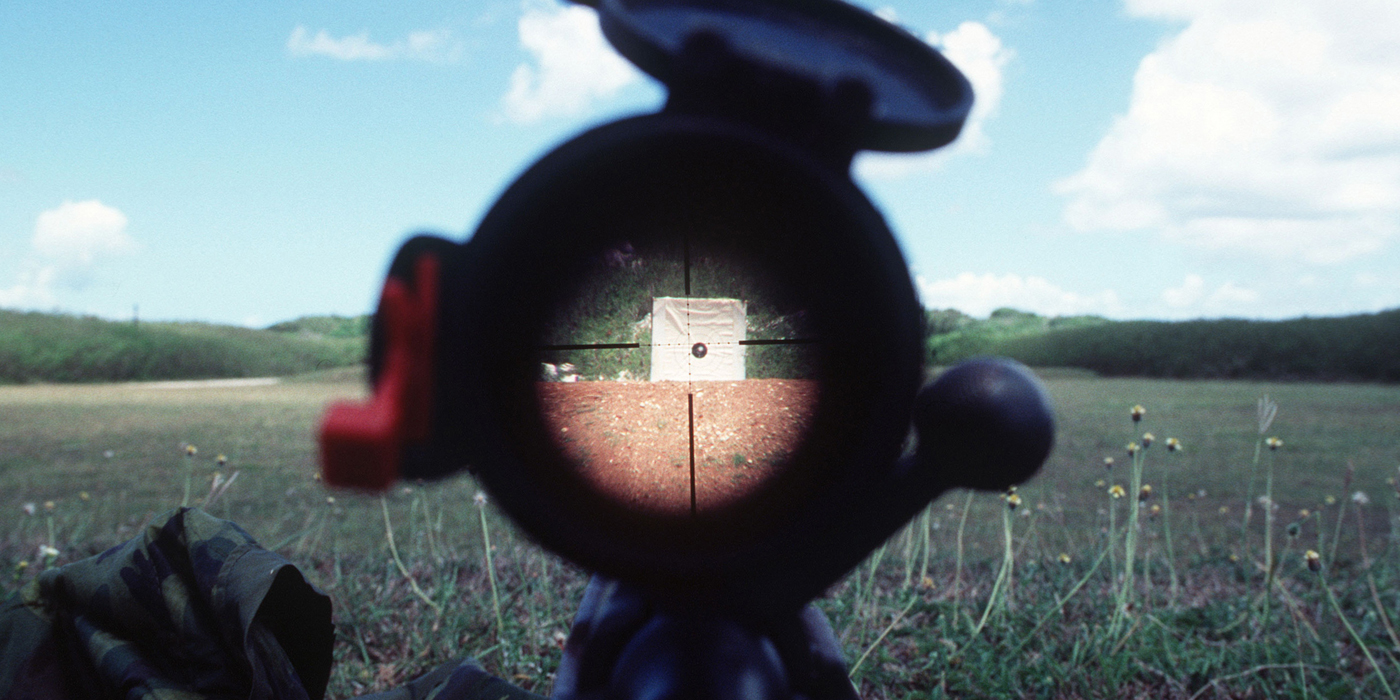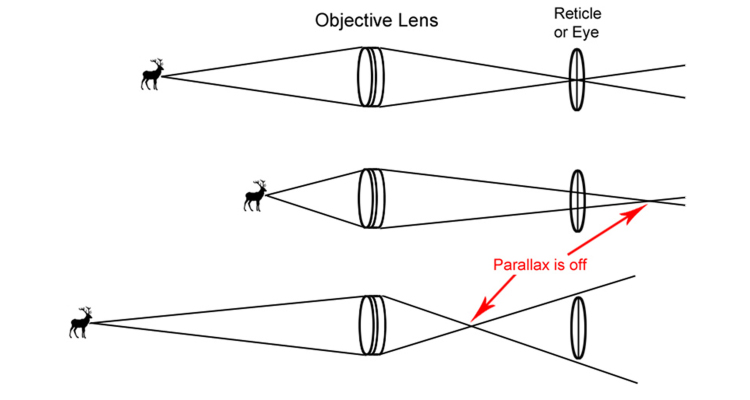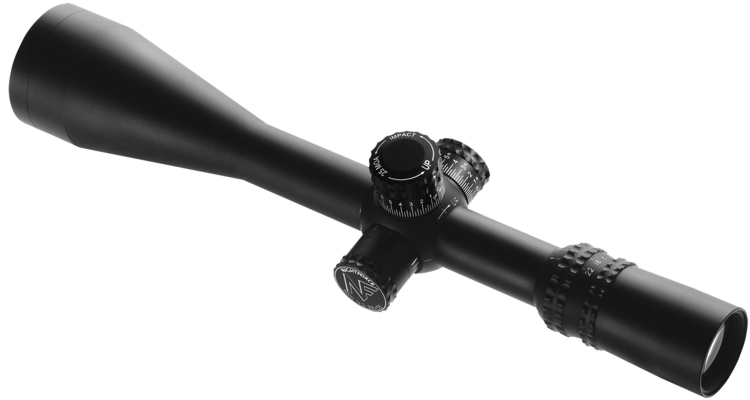
If you own guns, you probably own optics. And if you own rifles you own a lot of optics. Between riflescopes, spotting scopes, rangefinders and binoculars a serious shooter can easily collect more optical gear than a professional photographer. For new shooters this blizzard of optical options and terms can be confusing, so let's take a look at some riflescope basics, and in the processes we'll learn about all optical devices.
The first term optical neophytes nee d to learn is magnification. This is a simple expression of how much closer an optical device makes a object look. Therefore a 10X riflescope makes a deer look ten times closer. But many optics have variable magnification and this is expressed by listing both the lowest and highest numbers. Meaning a 4-12X riflescope can be adjusted to magnify an image anywhere between four and twelve times.

It's easy to get caught up in believing more magnification is always better, however that's not the case. As magnification goes up, field of view diminishes. Often abbreviated as FOV, this is an expression of how much area can be seen through the optic at a given distance. For example, 26 feet at 100 yards is common for a 4X riflescope. At 12X that same scope would have an FOV of 8 feet, much too small for effective use against moving or running targets.
Increasing the size of the objective lens has a similar trade off. As that lens grows larger and gathers more light so does the price tag, the weight and the physical size of the optic. And at a certain point there is no longer any light gathering benefit. This occurs when the exit pupil of the optic is larger than the dilated pupil of the user. The exit pupil of any optic is the diameter of the focused light beam "projected" out of the ocular lens. Once that diameter exceeds the diameter of the user's dilated pupil, there is no more advantage. Since the average diameter of a young dark-adapted eye is 7mm, an exit pupil much larger has no advantage. And as we age, the diameter of that pupil diminishes to the point where at 50 years old, your pupil will only dilate to about 5mm.
A scope's exit pupil diameter can be calculated by dividing the objective lens diameter by the optic's magnification. Meaning an 8X40 optic has an exit pupil of about 5mm, the maximum size a senior citizen can take advantage of. A 10X25 binocular will have an exit pupil of 2.5mm, indicating it is not at all suited to viewing objects in dim light.
Eye relief is a measurement of how far a user's eye must be located from the ocular lens to see a complete field of view. For binoculars or spotting scopes this measurement is not critical. However, because of violent recoil, it is critical in riflescopes, with an eye relief of at least four inches preferred on a big game rifle. Failure to choose a scope with sufficient eye relief can result in a nasty encounter between scope and eyebrow—a painful and bloody experience. On varmint rifles or rimfires, a reduced eye relief can be quite safe.

It's also important to understand that reticles come in two versions, first and second focal plane. When placed in the first focal plane (FFP) a reticle maintains the same size relative to the target, throughout the scope's magnification range. In use, this means the reticle appears thicker and heavier at higher powers, but small and fine at low powers. The primary advantage to this system is rangefinding ability, as the scope's hash marks always subtend the same dimensions regardless of the scope's power setting.

Every manufacturer has their own reticle design and some of them can be complicated. Many have dots or lines spaced along the crosshair to assist in holding off for windage or extended ranges. These all work to some degree and they are always faster than dialling a scope's turrets to compensate. But the most accurate system is always dialling. Besides taking longer, the other catch is, it takes a high quality scope to have repeatable dialled turret adjustments. If you're not prepared to spend the money for a quality riflescope you're better off leaving the turrets untouched and using hash marks on the reticle to adjust point of aim.

That minute-of-angle (MOA) term I just used is another important one to know. It's an angular measurement equal to 1/60 of a degree and a common dimension in the shooting world. Since it defines an arc, this arc encompasses a greater area as distance increases. At 100 yards it covers 1.047 inches, but this is usually rounded to an even one inch. Therefore, at 200 yards it's two inches and at 300 yards it's three inches. Turning the turret adjustments on most riflescopes will cause the bullet's impact to move 0.25 inch (or ¼ MOA) for each click.
Optical coatings refers to various processes used to cover the glass surfaces of optical devices. Their purpose is to enhance the apparent brightness, contrast and colour rendition of the object being viewed. Some coatings also help prevent scratching or assist in dispersing moisture from external surfaces. Coating terminology can be confusing because many manufacturers have proprietary processes, but in general it breaks down something like this: Coated means a single layer has been applied to at least one lens surface; fully coated means at least one layer on all glass surfaces; multi-coated means multiple layers on at least one lens surface; and fully multi-coated means multiple layers on all surfaces. Fully multi-coated lenses are the best, but also cost the most.
Purging is the last term I want to discuss. This is the displacement of all air inside a riflescope, replacing it with an inert gas, usually nitrogen. This is necessary to prevent internal fogging of the lenses. Lately, some manufacturers have moved to argon purging because the argon molecule is larger than the nitrogen one and therefore less susceptible to leaking. Whatever system is used, a riflescope that is not purged isn't worth bringing home.
As you can see, there are a lot of things to consider when making riflescope buying decisions; and many of them are trade-offs, giving up one feature to acquire another. The modern riflescope is a complicated device and there's no free lunch in optics, the best products always seem to cost the most.